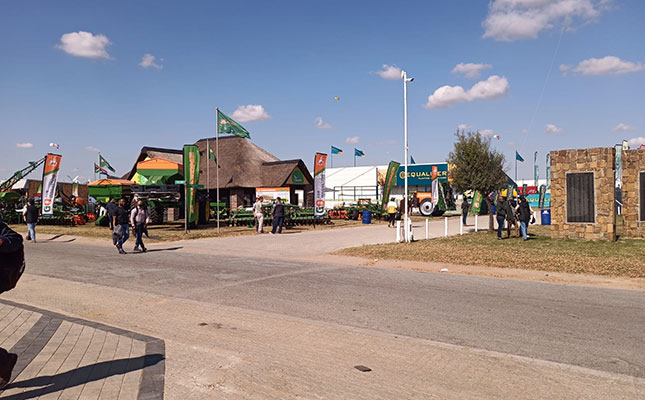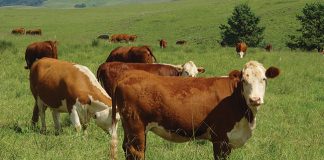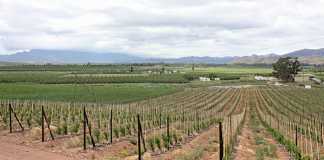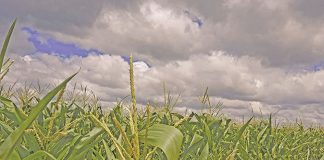
Photo: Annelie Coleman
The large number of visitors received on the first day of the 2022 Nampo Harvest Day is a clear indication of the resilience of the South African agricultural value chain, according to Pieter Taljaard, Grain SA CEO.
Although the final number of visitors for the first day had not been made available at the time of publishing, some 13 000 people had pre-booked for the event by 8am on Monday (16 May).
“This year’s exhibits are characterised by a much greater variety of products, as well as a larger number of implements and machinery than in previous years. It shows that both buyers and sellers are hungry for business, which underpins the optimism of the local agricultural industry,” he said.
Among the visitors were a number of overseas guests, including the agriculture minister of the DRC, Joseph Aerts, as well as the minister of rural development in that country’s Katanga province, Hemoch se ya Lwembe.
Aerts told Farmer’s Weekly that the objective of the DRC contingent was to engage with grain seed suppliers in order to increase the availability and production of commercial seed in the country.
“We are also here to meet with the suppliers and producers of agricultural equipment and machinery, and [explore] the possibility of them expanding their businesses to our country as well.
“The DRC also needs commercial grain producers who are interested in public-private partnership, and to act as mentors to the local farming communities,” he said.
According to Aerts, the majority of food in DRC was imported. For example, maize was imported from South Africa and Namibia, and other foodstuffs from Zambia and Tanzania.
“Mining forms the backbone of the Katanga economy, and we need to push up agricultural production, sustainability and profitability to broaden the economic base in the province. That is why it is imperative for us to meet with leaders in the agricultural value chain and Nampo is the ideal platform to do so,” Aerts said.












